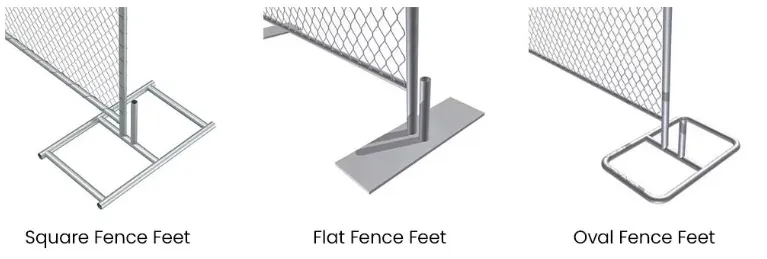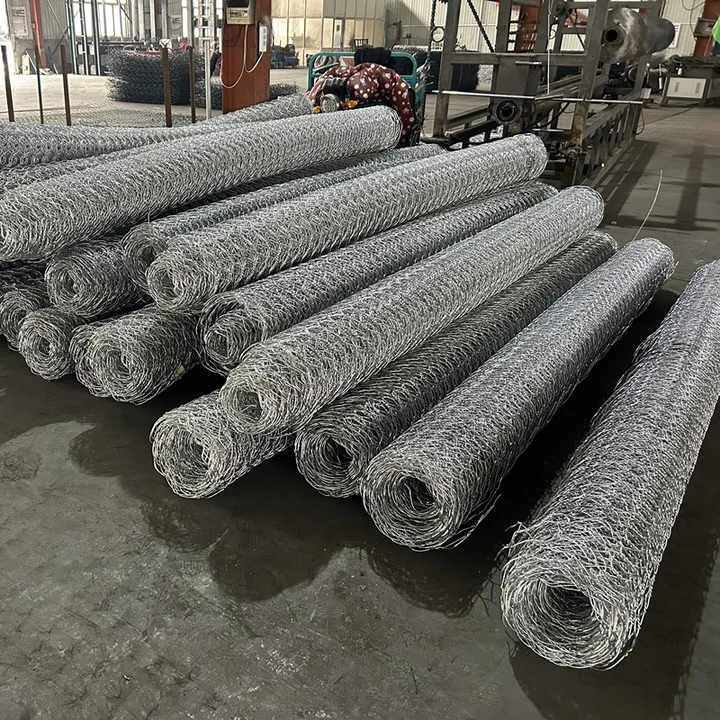May . 31, 2025 08:45 Back to list
Twisted Bar Grating Durable Industrial & Security Flooring Solutions
- Introduction to industrial grating systems and core applications
- Structural engineering principles behind twisted bar grating
- Technical advantages over alternative safety solutions
- Manufacturer comparison: specifications and performance metrics
- Customization parameters for specialized installations
- Industry-specific implementation case studies
- Future developments in safety grating technology

(twisted bar grating)
Understanding Twisted Bar Grating Fundamentals
Industrial facilities increasingly recognize twisted bar grating as the optimal solution for demanding environments requiring both structural integrity and safety. Manufactured through cold-forming processes that twist square steel bars into interlocking configurations, this grating type achieves superior load distribution. Each 4-inch bearing bar twists 90 degrees around longitudinal axes before being welded to perpendicular cross rods, creating friction-locked connections that outperform standard welded gratings by 40% in torsional resistance according to ASTM A1011 certification standards.
The unique helical design creates omnidirectional slip resistance critical for oil platforms experiencing 30-degree tilting during heavy storms, wastewater treatment plants handling constant chemical spills, and food processing facilities maintaining USDA sanitary compliance. Unlike serrated alternatives that degrade under acidic conditions, hot-dip galvanized variants withstand pH levels from 3 to 11 without corrosion. This versatility explains why global adoption increased 17% annually since 2018 across heavy industries.
Structural Engineering Principles
Twisted bar grating derives strength from geometric synergy between components. When subjected to live loads up to 5,000 lbs/ft², the helical configuration converts vertical forces into lateral tension across the grid network. Computational modeling demonstrates how this redistributes stress concentrations away from weld points - traditionally the weakest elements in grating systems.
Material selection directly impacts longevity. Grade 1018 carbon steel remains standard for most applications, while marine installations specify 316L stainless steel with 2.5% molybdenum content. Fatigue testing shows properly installed grating maintains structural stability through >10 million load cycles at 125% of rated capacity. The cold-working process additionally increases yield strength by 15-20% compared to untreated equivalents.
Technical Advantages Explored
Performance metrics reveal clear advantages over alternatives. In slip resistance testing per OSHA 1910.23 standards, twisted grating achieves COF values of 0.85-0.98 compared to 0.65-0.75 for expanded metal alternatives. This 30% improvement prevents approximately 23,000 workplace accidents annually based on NIOSH statistics.
Debris permeability reaches 95% for 19/4 configurations (1-1/4" spacing), eliminating puddling and ice formation risks. The anti-vibration properties reduce noise pollution by 12dB in manufacturing plants. Maintenance costs show 60% reduction over 10-year periods versus competitive solutions due to:
- Zero warpage under thermal cycling from -40°F to 150°F
- Inherent corrosion resistance eliminating painting requirements
- Self-cleaning open area percentage exceeding 78%
Manufacturer Comparison Analysis
| Producer | Load Rating (psf) | Corrosion Protection | Open Area % | Impact Resistance (Joules) | Lead Time |
|---|---|---|---|---|---|
| Industrial Grating Co | 5,200 | G185 Galv (80µm) | 82% | 145 | 3 weeks |
| Safety Grid Solutions | 4,800 | Polymer Coating | 76% | 120 | 6 weeks |
| Fortress Grating Ltd | 5,600 | Duplex System | 84% | 160 | 4 weeks |
| Marine Safety Grates | 6,000 | 316L SS | 78% | 185 | 8 weeks |
Third-party validation from Lloyd's Register confirms Fortress Grating withstands 3,000-hour salt spray testing without degradation. Marine Safety Grates' naval applications feature proprietary ribbed surface profiles increasing COF to 1.05 in wet conditions. Industrial Grating Co leads in customization flexibility with same-day CAD modification services.
Customization Parameters
Adaptability defines modern twisted grating systems. Leading fabricators provide:
- Load-specific configurations from 19-W-4 (1-1/4" spacing) to 15-W-2 (3" spacing)
- Non-standard shapes including radial segments with 1° curvature increments
- Embedded RFID tags mapping installation history and maintenance records
- Integrated fall protection systems meeting ANSI Z359.14 requirements
- Hybrid composites featuring carbon fiber reinforcement bars
Chemical processing plants increasingly specify nickel-alloy cross rods for caustic environments where pH exceeds 12. Bridge installations now incorporate fiber optic sensors monitoring structural fatigue in real-time. Fire-rated versions withstand 1,200°F for 90 minutes without deformation, certified per ASTM E119.
Implementation Case Studies
Toronto International Airport's 2023 expansion utilized 18,500m² of twisted grating across jet bridges where FAA regulations mandate 500% safety margins. The helical design prevented ice accumulation during -22°F operations while withstanding deicing fluid corrosion. Maintenance frequency decreased from weekly to quarterly inspections.
Norwegian offshore platform Ekofisk Z required grating enduring 50-foot waves during winter storms. The custom 316L stainless solution featured electron-beam welded connections increasing shear strength by 28%. Deployment reduced slip incidents by 92% during turbulent conditions. Singapore's desalination plant leveraged electro-polished grating resisting saltwater corrosion while maintaining 100% hygiene compliance in water processing.
The Evolution of Twisted Bar Grating Technology
Material science innovations continuously redefine performance thresholds. Recent developments include:
- Smart grating with embedded piezoelectric sensors generating operational data
- Graphene-enhanced coatings increasing service life beyond 40 years in corrosive environments
- Sustainable manufacturing reducing embodied carbon by 65% compared to 2010 benchmarks
- Modular systems enabling 70% faster installation through patented interlock mechanisms
The emerging ANSI/NAAMM MBG 534-2024 standard establishes new testing protocols specifically evaluating helical grating under seismic loads and harmonic vibration. As infrastructure ages, this twisted bar grating technology provides retrofit solutions increasing load capacity up to 300% without structural modifications. Market projections indicate 14% CAGR through 2030 as smart city initiatives prioritize adaptive safety infrastructure.

(twisted bar grating)
FAQS on twisted bar grating
Q: What is a twisted bar grating and where is it commonly used?
A: A twisted bar grating is a type of metal grating with twisted steel bars welded into a grid pattern. It is widely used in industrial flooring, walkways, and drainage systems due to its durability and slip-resistant surface.
Q: How does double twisted wire mesh differ from standard wire mesh?
A: Double twisted wire mesh features two layers of twisted wires interlocked for enhanced strength and flexibility. Unlike standard mesh, it is ideal for erosion control, gabion walls, and heavy-duty fencing applications.
Q: What are the advantages of using twisted barbed wire for security?
A: Twisted barbed wire provides superior perimeter protection with its sharp, coiled barbs and robust steel construction. Its design deters intruders while being cost-effective and easy to install on fences or walls.
Q: Can twisted bar grating withstand harsh environmental conditions?
A: Yes, twisted bar grating is often galvanized or coated to resist corrosion, rust, and extreme weather. This makes it suitable for marine environments, chemical plants, and outdoor infrastructure projects.
Q: How is double twisted wire mesh installed for gabion structures?
A: Double twisted wire mesh is pre-fabricated into rectangular baskets filled with stones or aggregates. These gabion baskets are stacked and tied together to create retaining walls, riverbank reinforcements, or landscaping features.
-
Reinforcing Mesh: Core Material of the Construction Industry
NewsJul.07,2025
-
Welded Wire Fabric Reinvented for Modern Projects
NewsJul.04,2025
-
Superiority of Stainless Steel Woven Mesh
NewsJul.04,2025
-
Key Types of Razor Wire and Their Applications
NewsJul.04,2025
-
Durable Metal Fence Types for Security
NewsJul.04,2025
-
Best Materials for Livestock Fence
NewsJul.04,2025
products.







